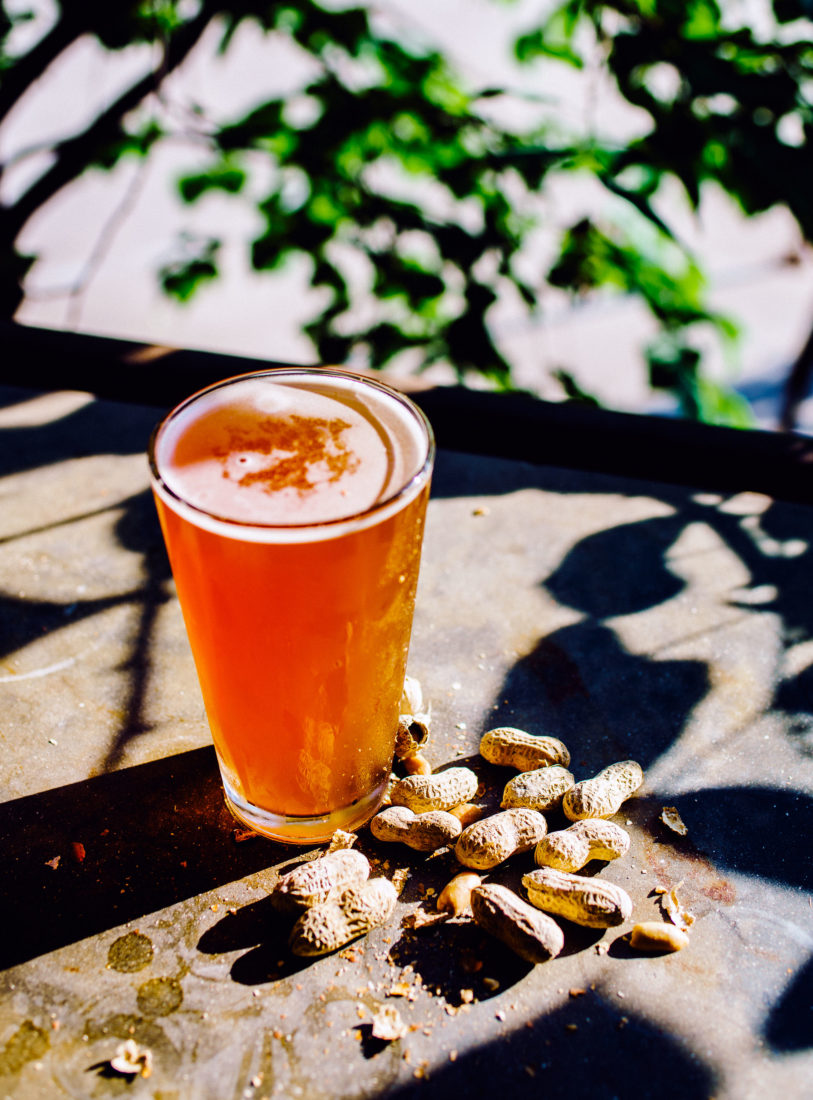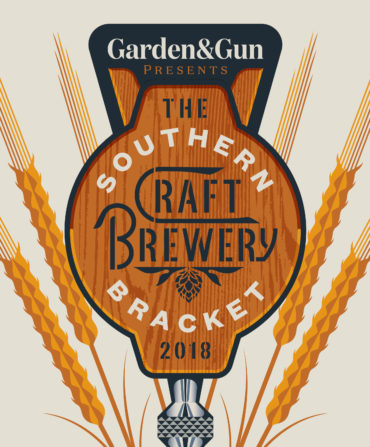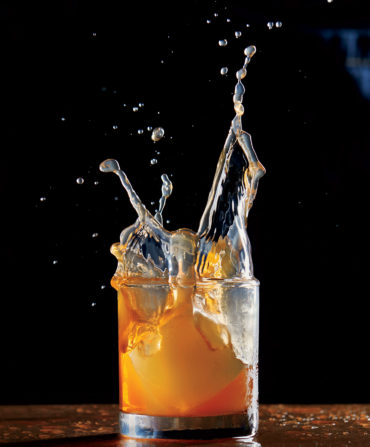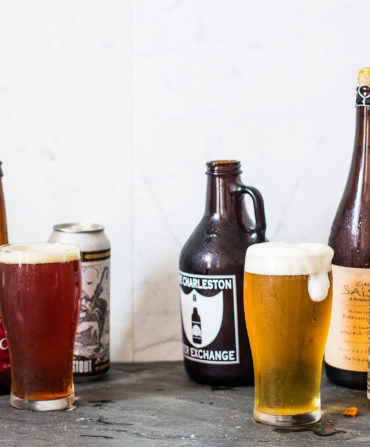The South is no slouch when it comes to national food and drink contributions—fried chicken, country ham, cornbread, barbecue, and bourbon among them. But the region has had some catching up to do when staking a claim in the craft-beer boom. While the number of breweries nationwide has reached an all-time high, topping 5,500 for the first time, many Southern states lag in terms of breweries per capita, according to the Brewers Association, a nonprofit trade group. But that trend is rapidly reversing course. Many states have enacted craft-friendly legislation that removes some of the barriers to entry, such as restrictions on selling to-go beer directly from taprooms, and a new vanguard of Southern brewers are making themselves known in significant ways.
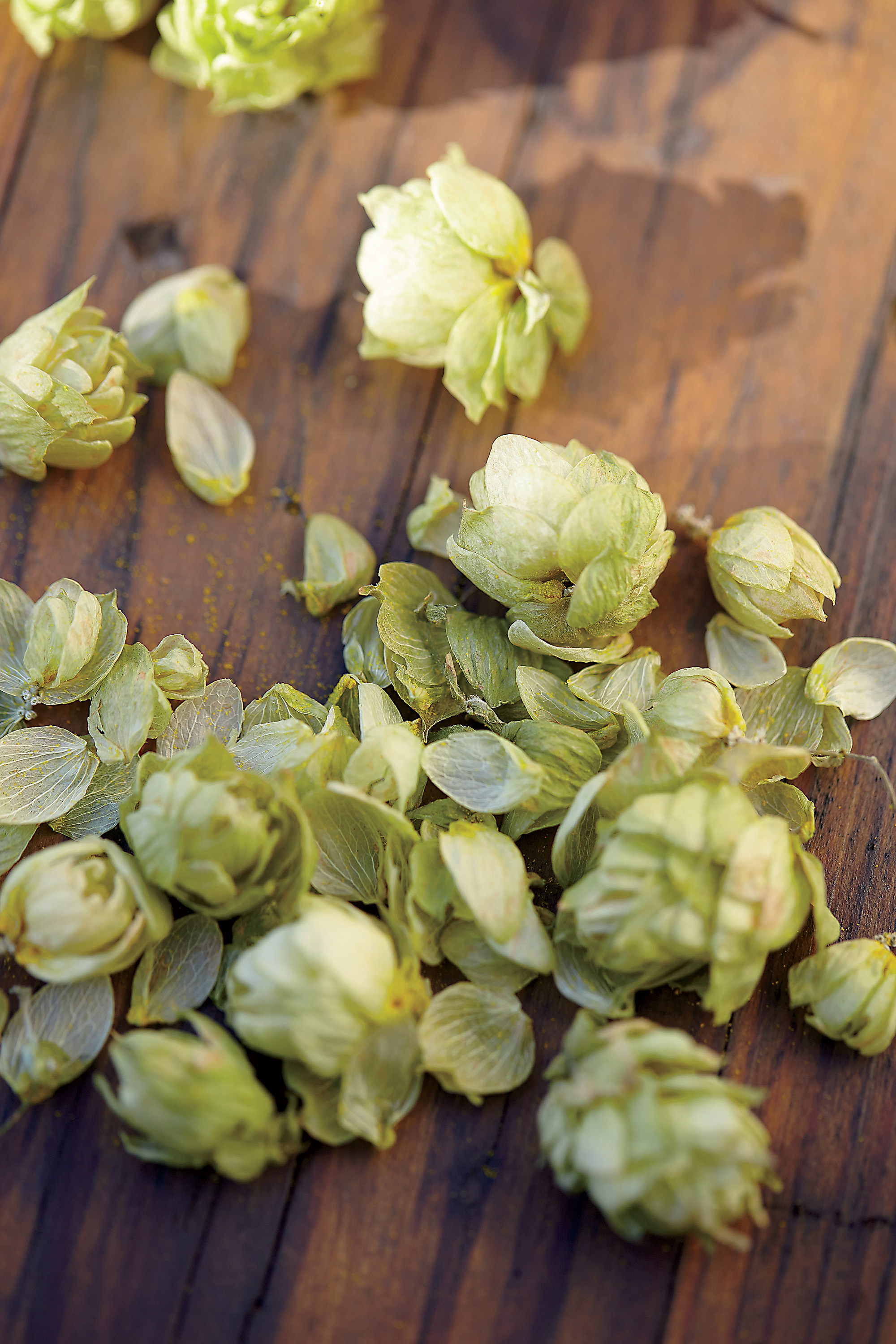
Stacey Van Berkel
The South is the fastest-growing region in craft.
Although the rate of sales by craft brewers has slowed somewhat nationally, sales in Southern states continue to heat up. Alabama, Arkansas, Florida, North Carolina, Tennessee, Texas, and West Virginia, in particular, continue to add new breweries at a fast clip and, according to the BA, are among the fastest-growing states in terms of gains in total beer production.
VOTE NOW:
Make your picks in our Southern Craft Brewery Bracket
Southern brewers are getting back to their roots.
Many are tapping into the region’s agricultural heritage to produce beers that incorporate indigenous ingredients and showcase local flavors. Lazy Magnolia Brewery in Kiln, Mississippi, for example, uses whole roasted pecans in its Southern Pecan Nut Brown Ale, and Southern-grown sweet potatoes in its Sweet Potato Stout. And brewers at Blackberry Farm in Walland, Tennessee, use wild yeast harvested from honeysuckle blossoms growing on the property to ferment their Wild Classic Saison.
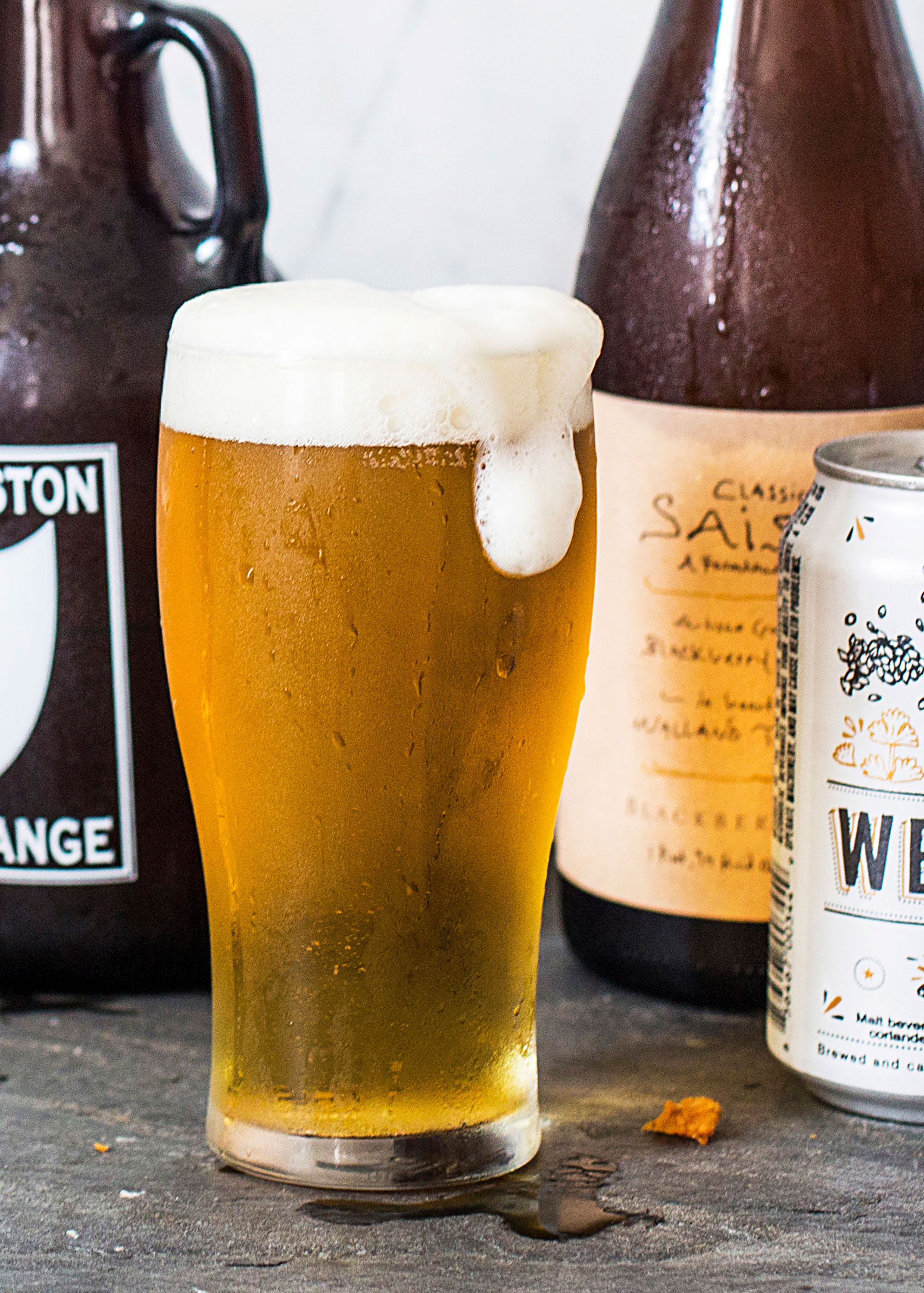
Margaret Houston
They bring a new energy to town.
Like greasy spoons and coffeeshops, Southern breweries function as community hubs. They also know how to throw a party. The State of Origin Craft Brew Festival in Morgantown, North Carolina, for example, organized by local brewery Fonta Flora, brings hundreds of people to the downtown square to sample beers made exclusively with homegrown ingredients. A strong craft-brewing scene also attracts visitors, as cities like Asheville, Tampa/St. Petersburg, Birmingham, Austin, and many others can attest.
They’re getting in the spirit.
The bourbon industry produces plenty of freshly used barrels, as only charred new American white oak barrels are allowed for aging the spirit. It’s a relationship many Southern brewers use to great advantage. High-ABV stouts and porters often benefit from time in a barrel—the first batch of Against the Grain’s Bo & Luke Imperial Stout was aged in Pappy Van Winkle barrels at the Louisville brewery, making the most of a Kentucky connection, and the bourbon-barrel aged version of Good People Brewing’s El Gordo improves on an already excellent beer. Southern brewers are further exploring the possibilities with bourbon barrel-aged IPAs, barleywines, red ales, and other styles.
They’re working together.
Collaboration and innovation are hallmarks of the craft-brewing industry, and the South is no exception. Asheville-based Hi-Wire Brewing recently released a mixed twelve-pack of collaboration beers made with Against the Grain, Blackberry Farm, and Trophy Brewing Company in Raleigh, North Carolina.
Farmhouse breweries Fonta Flora and Jester King, in Austin, explore regional terroir with a collaboration called Wanderflora. More than two years in the making, the beer includes fennel and nettle foraged from North Carolina and false pennyroyal collected in Texas, and is fermented entirely by wild yeast collected from the cool night air in Texas Hill Country. It’s essentially the South in a bottle, and we’re happy to drink to that.


